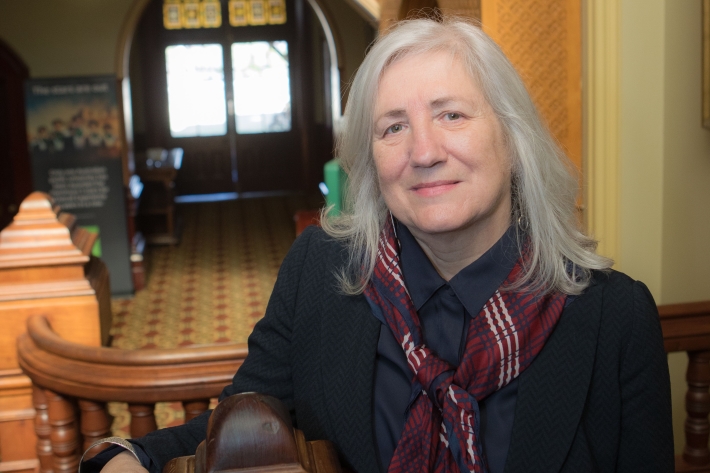The triple burden of long-term drought, bushfires and COVID-19 have created significant operational issues and UNE is now reporting a likely deficit of some $25 million for FY2020, after a projected break-even forecast pre-COVID-19.
After a careful review of all functions it is clear that UNE needs to remove $20 million of cost per annum if it is to retain long term operational resilience and progress with critical developments around growth and innovation.
UNE is planning a managed workforce reduction to achieve cost savings and targeted efficiencies. In the first stage of this process UNE will seek expressions of interest from academic and professional staff cohorts interested in voluntary redundancy. A major organisational redesign will be fully implemented by January 2021.
Vice-Chancellor and CEO Professor Brigid Heywood said the redesign will enable a new model of operations to create opportunities for growth as a priority, to meet the needs of an evolving student market and support expansion in key areas of strength.
“This situation in not unique to UNE and in common with other businesses, we must adapt and make key decisions to address these challenges,” Professor Heywood said.
“UNE is at a pivotal time in its history and is ready for reform. The COVID-19 pandemic has brought the underlying issue of a costs versus revenue misalignment into sharp focus, making it urgent that UNE implement change to remain a resilient and sustainable contributor to the communities we support.
“It will position UNE to take advantage of growth opportunities for all of our campuses, including UNE Tamworth and Sydney, the delivery of new micro credential courses, and continue to contribute to regional growth and industry-aligned research through enhanced enterprise functions.
“Organisational redesign is vital to ensure UNE can deliver the outcomes desired in the UNE 2021+ strategic plan – including student success, digital transformation, knowledge partnerships, the future campus and significance of place-based engagement.”


